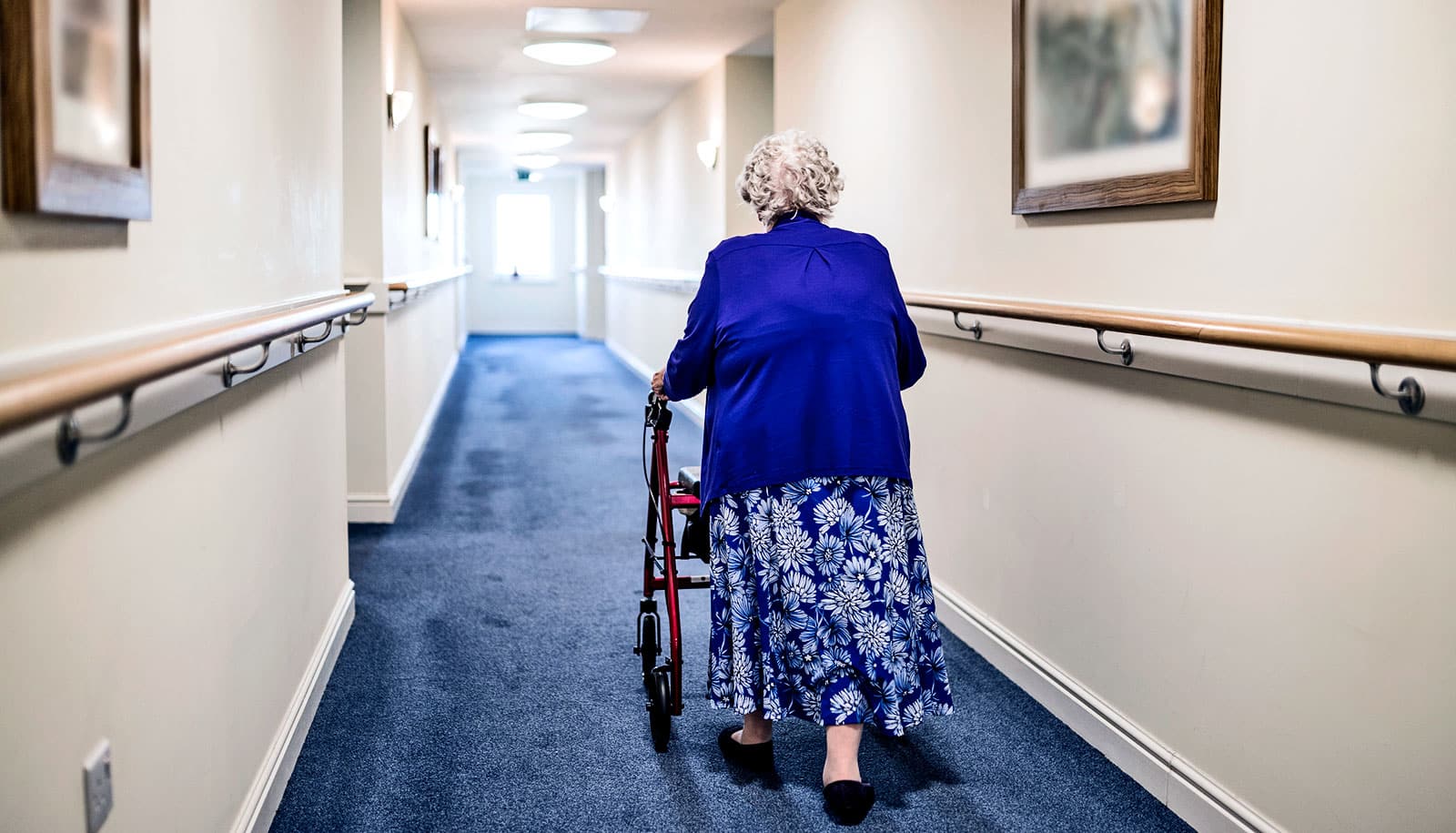Nursing home residents with dementia get better care when they’re in the majority, but that’s typically not the case, research indicates.
Most facilities accommodate a heterogeneous population, where specialized staff training is limited, according to a new study.
“Recognizing and managing the complex medical conditions and behavioral symptoms of residents with [Alzheimer’s disease and related dementias] require enhanced knowledge among staff,” says Dana Mukamel, a professor of medicine at the University of California, Irvine, and corresponding author of the study in the journal Health Affairs.
“These findings raise significant concerns regarding the level of care and quality of life for the majority of these people, highlighting the urgent need for a higher level of care for them.”
The researchers based their findings on an analysis of 13,909 facilities between 2017 and 2019. They analyzed data from the Centers for Medicare & Medicaid Services to assess facilities with high and low Alzheimer’s disease and related dementias (ADRD) populations, staffing levels, quality of care, and health outcomes for 7.6 million residents, 42% of whom were diagnosed with ADRD or cognitive impairment.
Researchers discovered that ADRD residents were dispersed throughout all nursing homes, with fewer than half in facilities where they accounted for 60-90% of the population.
The study also showed that fewer than 5% of nursing home beds are in dementia special care units, and only facilities that had an ADRD population exceeding 90% seemed to offer better care.
“This study aimed to address the gaps in the current literature regarding the concentration of ADRD residents in nursing homes, and the implications that has on their quality of care,” Mukamel says. “Our findings highlight the need for specialized training and raise important policy issues that must be addressed.”
The National Alzheimer’s Project Act of 2011 has prompted increased investment in research by the National Institute on Aging, and federal policies to improve nursing home care through enhanced staffing standards are expected to benefit all residents. However, the lack of training based on population mix raises concerns about ensuring quality and safety for those with ADRD.
“While the prevalence of ADRD is expected to grow in coming decades, those residing in nursing homes represent the majority in only a few facilities,” Mukamel says. “Efforts to inform optimal care practices, staffing requirements, and training require investments in research, policy, and innovation. Continued focus and collaboration are essential to drive progress and improve the care, quality of life, and health outcomes for this vulnerable population.”
Additional coauthors are from UCLA, the University of Chicago, and UC Irvine. The National Institute on Aging and the National Institutes of Health supported the work.
Source: UC Irvine



